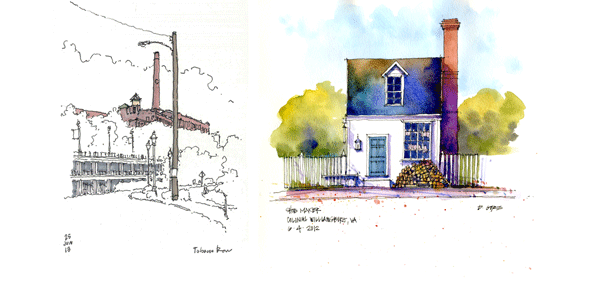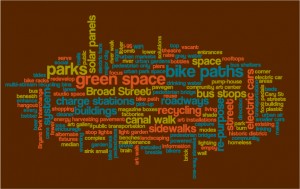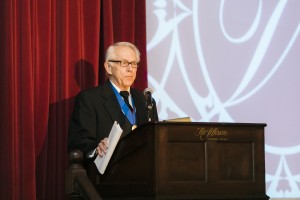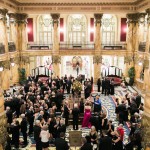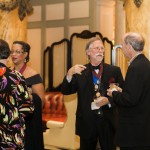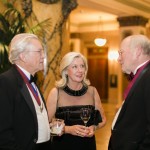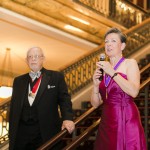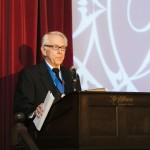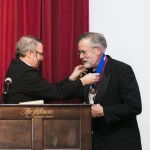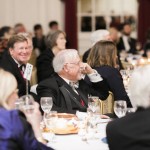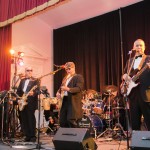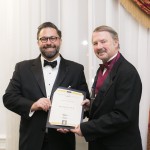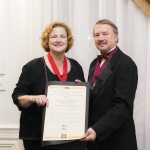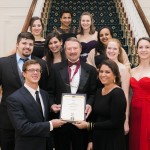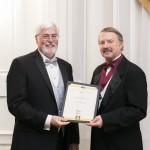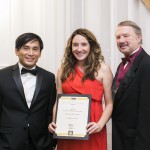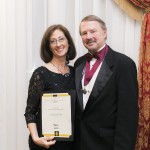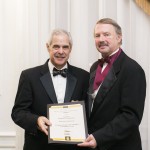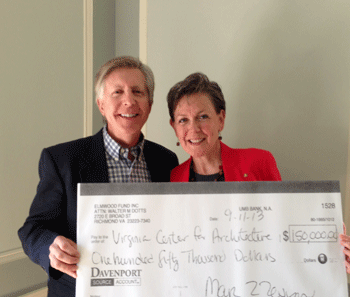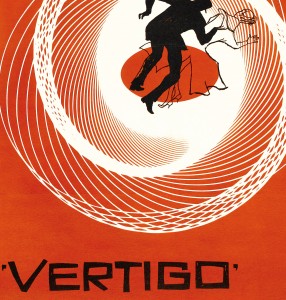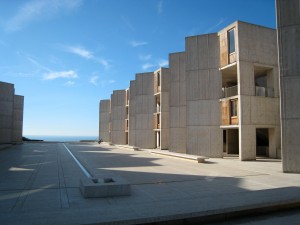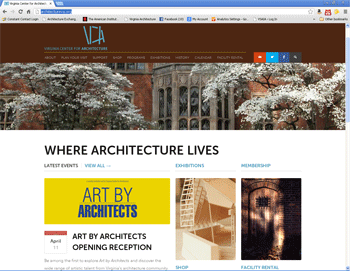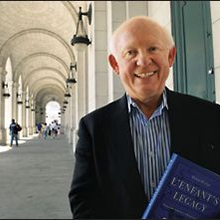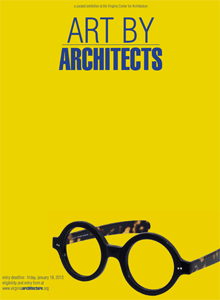 The Virginia Center for Architecture announced its inaugural Art by Architects exhibition, opening on Thursday, April 11, 2013, in conjunction with the celebration of Virginia Architecture Week. Residents of Virginia who have a degree in architecture or who are practicing architects were encouraged to submit their artwork. From among the 175 submissions, 44 artists had at least one handmade piece of visual art chosen for the exhibition, which includes paintings (oil, watercolor, acrylic), drawings (pencil, ink), and collages (mixed media).
The Virginia Center for Architecture announced its inaugural Art by Architects exhibition, opening on Thursday, April 11, 2013, in conjunction with the celebration of Virginia Architecture Week. Residents of Virginia who have a degree in architecture or who are practicing architects were encouraged to submit their artwork. From among the 175 submissions, 44 artists had at least one handmade piece of visual art chosen for the exhibition, which includes paintings (oil, watercolor, acrylic), drawings (pencil, ink), and collages (mixed media).
Art by Architects was developed to spotlight what many architects do for recreation. Architects paint, draw, sketch, doodle, and create art on paper, canvas, and even napkins. They design wherever they are — inspired by nature, their surroundings, and their travels. “Architects create art as an avocation or to inspire their architectural work,” says guest curator Michael Bednar, FAIA.
The exhibition was juried by Marvin J. Malecha, FAIA, Dean of the College of Design at North Carolina State University. “The inspiration to act as a judge for a show of creative work,” says Malecha, “is a quest for the greater cognitive skills that come from a life of intense observation. It comes from the success and failures of a creative life, of a design life.”
The exhibition, which runs through July 7, kicks off with an Opening Reception on Thursday, April 11, 2013, from 5:30–7:30 p.m. The Opening Reception is free, but space is limited and reservations are requested. Make reservation online, call (804) 644-3041, ext. 100 or email info@aiava.org.
The following artists and works are featured in the show.
Carl Schwarz, AIA
Rotunda Window, 2005, Watercolor (Not for Sale)
Doorway, 2005, Watercolor (Not for Sale)
Patrick W. McClane
Bermuda Shutter, 2012, Watercolor (Not for Sale)
David Ghezzi
Ephemeral Impressions, 2012, Acrylic paste and paints over canvas ($497)
Robert E. Washington, FAIA
Still Life With Blue and Grey Glassware, 2012, Acrylic on canvas ($1100)
William Brown, AIA
Doge’s Palace St Mark’s Square, 1990, Watercolor (Not for Sale — On loan from the collection of Fleur Duggan)
Richard E. Bednar
Fresh Ground, 2012, Oil (Not for Sale)
Got Milks, 2012, Oil (Not for Sale)
Thea Scott-Fundling
Marsh, 2003, Watercolor (Not for Sale)
Margy Bozicevich
Tidal Overflow, 2011, Graphite, watercolor, colored pencil, and xylol (Not for Sale)
Thomas Kerns, FAIA
Hells Canyon, 2008, Plein air watercolors (Not for Sale)
Claytor Lake, 2011, Plein air watercolors (Not for Sale)
Catedral de Santo Domingo, 2010, Plein air watercolors (Not for Sale)
St Ivo, 2012, Plein air watercolors (Not for Sale)
St. Peter’s Colonnade, 2012, Plein air watercolors (Not for Sale)
Cory Dear
Macro Micro, 2006, Oil and acrylic ($750)
Warren Boeschenstein
Caribbean Wall Detail 2, 2013, Acrylic on canvas (Not for Sale)
David A. Prevette, AIA
Villa Maderni, 2002, Pen and ink (Not for Sale)
Lyndl Thorsen Joseph
Paul on The Road to Damascus or Caravaggio Reconfiguration, 1992, Oil on linen (Not for Sale)
Bhagyashri Guhagarkar
Trees Bright Green, 2012, Acrylic on dry erase poster board with a metal scraper (Not for sale)
Donald R. Sunshine, FAIA
Marco Walk 2, 2012, Watercolor ($275)
James C. Hill
Kensington Avenue, 2012, Screenprint ($120)
David Marion
Father of a Righteous Child, 2011, Oil on Canvas ($2200)
Andrew J. McKinley, AIA
Colosseum, 2005, White charcoal and black ink on toned paper (Not for Sale)
Stephanie Burcham
Skeleton Figure, 2011, Charcoal and chalk ($400)
Ashley LeFew
Glass Gate, 2012, Watercolor (Not for Sale)
David Dugas
Henge, 2012, Graphite on paper (Not for Sale)
Observatory II, 2012, Graphite on paper (Not for Sale)
Helene Renard
Shifting Landscape 2, 2007, Mixed media collage: monotype print, thread ($1200)
Bob Anderson, AIA
Yana III, 2012, Rapidograph pen ($3,950)
Rebecca J. Cook
Florence Views, 2009, Pen and ink (Not for Sale)
Palazzo Tursi, 2009, Watercolor and ink (Not for Sale)
Il Colosseo, 2009, Pen and ink (Not for Sale)
Shannon Dowling
Carve, 2011, Ink and pastels on watercolor (Not for Sale)
Karen Van Lengen, FAIA
San Francesco d’Assisi, 1990, Oil pastel and prismacolor (Not for Sale)
Todd W. Bullard, AIA
Crow, 1973, Pen and ink (Not for Sale)
James J. DePasquale AIA
Lago di Como, 2012, Pen and ink (Not for Sale)
Dennis J. Kilper
17, 2003, Acrylic paint on stretched, acid-free paper (Not for Sale)
Mark C. Campbell AIA
Day at the Beach, 2013, ,Oil on board ($500)
Reflections on the James, 2011, Oil on canvas ($2900)
Carillon Morning, 2012, Oil on canvas ($2900)
John S. LaMonica, AIA
Sicilian Street, 1976, Watercolor (Not for Sale)
Terri Crockett, Assoc. AIA
Notre Dame du Haut, 2011, Watercolor ($350)
Jay Moore, AIA
Point of Origin, 2012, Acrylic on panel ($525)
Christine Haven Canabou
Eroded Corinthian, 2007, Charcoal and conté on paper (Not for Sale)
Tenement Street, 2007, Conté on paper (Not for Sale)
Donald F Kaupp, Jr.
Horse 2, 1999, Watercolor (Not For Sale)
Wesley Page, AIA
Black Dog/Green Couch, 2011, Oil on canvas (Not for Sale)
Scott Gartner
Do Not Discard, 2009, Collage ($750)
Telemetry, 2009, Collage ($1250)
Peyton Boyd, FAIA
Back, 1990, Watercolor (Not for Sale)
Carlton S. Abbott, FAIA
Post Cards from Trier, Germany on The Moselle River, 2012, Ink, watercolor, chocolate and wine (Not for Sale)
Kevin Svensen
Garden Temple, 2012, Graphite & India ink wash on watercolor paper (Not for Sale)
Palazzo Strozzi Bay Study, 2009, Graphite and watercolor wash on watercolor paper (Not for Sale)
Palazzo Cancelleria Bay Study, 2009, Graphite and watercolor wash on watercolor paper (Not for Sale)
Palazzo Farnese Bay Study, 2009, Graphite and watercolor wash on watercolor paper (Not for Sale)
David Stemann
Erforschen 8-3, 2012, Acrylic wash (Not for Sale)
Todd S. Phillips, Ph.D., AIA
Family, 2011, Oil on canvas (Not for Sale)
Mary Cox, FAIA
Motif #1 Rockport Maine, 2012, Watercolor ($350)
Sanda Iliescu
RECOVERED (4a), 2012, Watercolor and gouache on paper ($1400)

